Vietnam’s allure lies in its seamless blend of ancient traditions and modern dynamism. Home to eight UNESCO World Heritage Sites, affordable travel options, and a hospitality that warms the heart, Vietnam welcomed over 18 million international visitors in 2024 [Web ID: 9]. Whether you’re drawn to Hanoi’s cultural pulse or Phu Quoc’s tropical embrace, these destinations promise memories that linger. Ready to traverse Vietnam’s iconic trail from north to south? Let’s dive into the best places to visit in Vietnam!
1. Hanoi – The Timeless Capital
Hanoi, Vietnam’s beating heart, is a city where ancient heritage intertwines with modern dynamism. Its labyrinthine Old Quarter, fragrant with street food and alive with motorbike hums, contrasts with the serene elegance of Hoan Kiem Lake, where locals practice tai chi at dawn. As the nation’s cultural epicenter, Hanoi offers a profound glimpse into Vietnam’s soul, blending colonial architecture, sacred temples, and a culinary scene that delights the senses.
Start at the Temple of Literature, Vietnam’s first university, where stone steles honor scholars from centuries past. Wander through the Old Quarter’s 36 streets, each named for a trade like silk or silver, and savor iconic dishes like pho or banh cuon at hole-in-the-wall eateries. For a cultural treat, catch a water puppet show at Thang Long Theatre, where wooden figures dance on water to traditional music. The Ho Chi Minh Mausoleum, a solemn tribute to Vietnam’s revered leader, offers historical depth, while the nearby One Pillar Pagoda enchants with its lotus-like design.
Hanoi’s charm lies in its contrasts: bustling markets meet tranquil lakes, and colonial facades stand beside Soviet-era monuments. The city’s vibrant Night Market, held every weekend, brims with crafts, street food, and live music. For a quieter moment, sip egg coffee—a Hanoian specialty—at a lakeside café. Hanoi’s seasons add to its allure: spring brings blooming flowers, while autumn offers crisp, golden days ideal for exploration.
What to Do:
-
Explore the Old Quarter and Hoan Kiem Lake.
-
Visit the Temple of Literature and Ho Chi Minh Mausoleum.
-
Enjoy a water puppet show or egg coffee tasting.
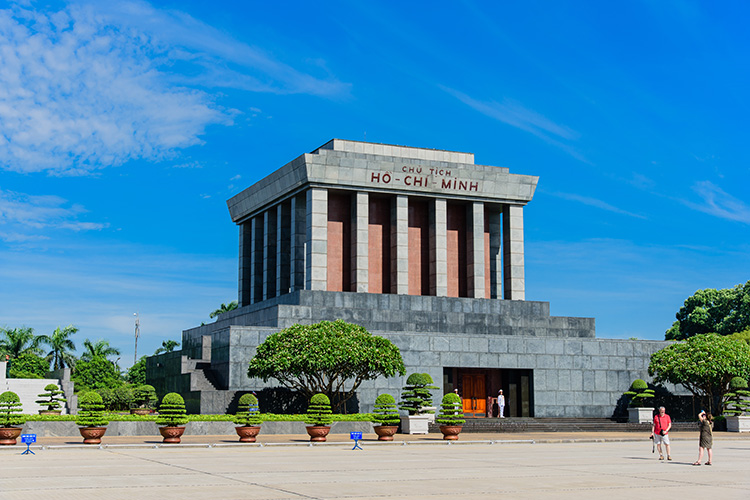
2. Sapa – The Ethereal Highlands of the North
Nestled in the Hoang Lien Son Mountains, Sapa is a northern sanctuary where mist weaves through terraced rice fields and vibrant ethnic cultures thrive. This highland retreat, often cloaked in ethereal clouds, captivates trekkers, photographers, and cultural enthusiasts alike. Home to the Hmong, Dao, and Tay peoples, Sapa offers a window into Vietnam’s rich tapestry of traditions, set against a backdrop of rugged peaks and verdant valleys.
Begin your adventure with a trek to Fansipan, Vietnam’s highest peak, accessible by a scenic cable car or a challenging multi-day hike. The panoramic views from the summit, where clouds swirl below, are nothing short of transcendent. For a deeper cultural dive, visit Cat Cat or Ta Van villages, where Hmong and Dao families welcome visitors with warm smiles and intricate handicrafts. Wander through Sapa’s bustling markets, alive with the colors of handwoven textiles and the aromas of local delicacies like thang co (horse stew). In spring, blooming wildflowers paint the hills, while autumn unveils golden rice terraces—a photographer’s dream.
Sapa’s cool climate, a refreshing contrast to Vietnam’s tropical heat, makes it ideal for year-round exploration. However, winter (December–February) brings crisp air and occasional snow, adding a magical touch. Don’t miss the Bac Ha Market, held every Sunday, where ethnic minorities trade goods in a vibrant cultural exchange. For a cozy evening, sip local rice wine by a fireplace in a homestay, immersing yourself in Sapa’s soul.
What to Do:
-
Trek to Fansipan or explore Muong Hoa Valley’s rice terraces.
-
Visit Hmong and Dao villages for cultural workshops.
-
Shop for handmade textiles at Sapa Market.
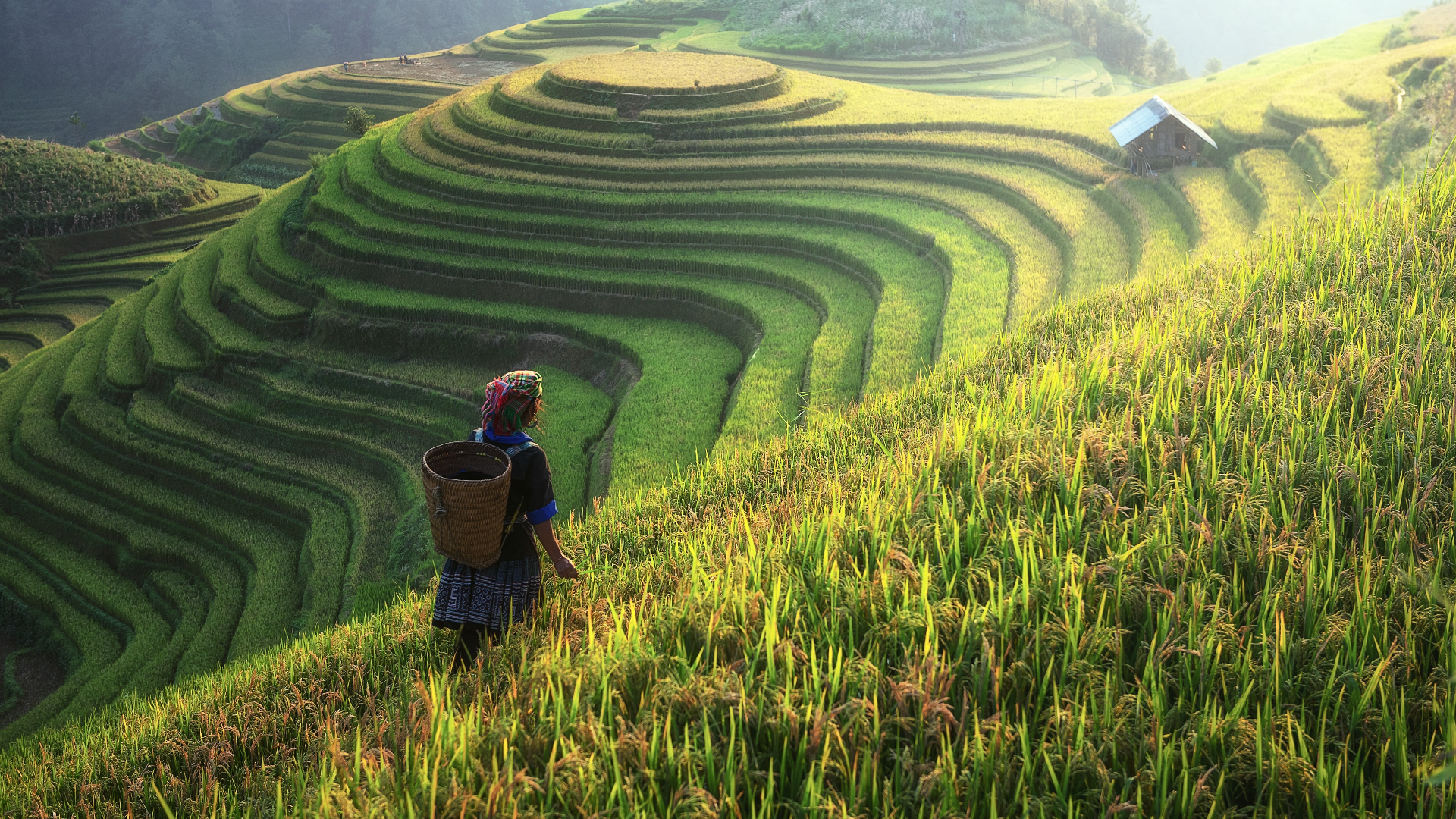
3. Ha Long Bay – A Maritime Masterpiece
Ha Long Bay, a UNESCO World Heritage Site, is Vietnam’s crown jewel, where emerald waters cradle thousands of limestone karsts draped in lush greenery. This maritime wonder, steeped in legend, evokes a sense of timeless awe. Whether cruising through its tranquil lagoons or kayaking beneath towering cliffs, Ha Long Bay delivers an experience that lingers in the heart.
A multi-day cruise is the quintessential way to explore, offering access to hidden caves like Sung Sot, with its cathedral-like chambers, and floating villages where fishermen live in harmony with the sea. Kayak through serene waters to discover secluded beaches, or hike Titov Island for panoramic vistas. For adventure seekers, rock climbing on karsts or night squid fishing adds thrills. As the sun sets, dine on fresh seafood aboard your junk boat, the bay’s karsts silhouetted against a fiery sky.
Ha Long Bay’s biodiversity, including rare flora and fauna, makes it a haven for nature lovers. Less-crowded areas like Lan Ha Bay offer quieter escapes with equally stunning scenery. The bay is magical year-round, though March to May and September to November provide mild weather. Sustainable tourism is key here, so choose eco-friendly operators to preserve this natural treasure.
What to Do:
-
Cruise through caves and floating villages.
-
Kayak or hike for breathtaking views.
-
Enjoy seafood dinners under the stars.
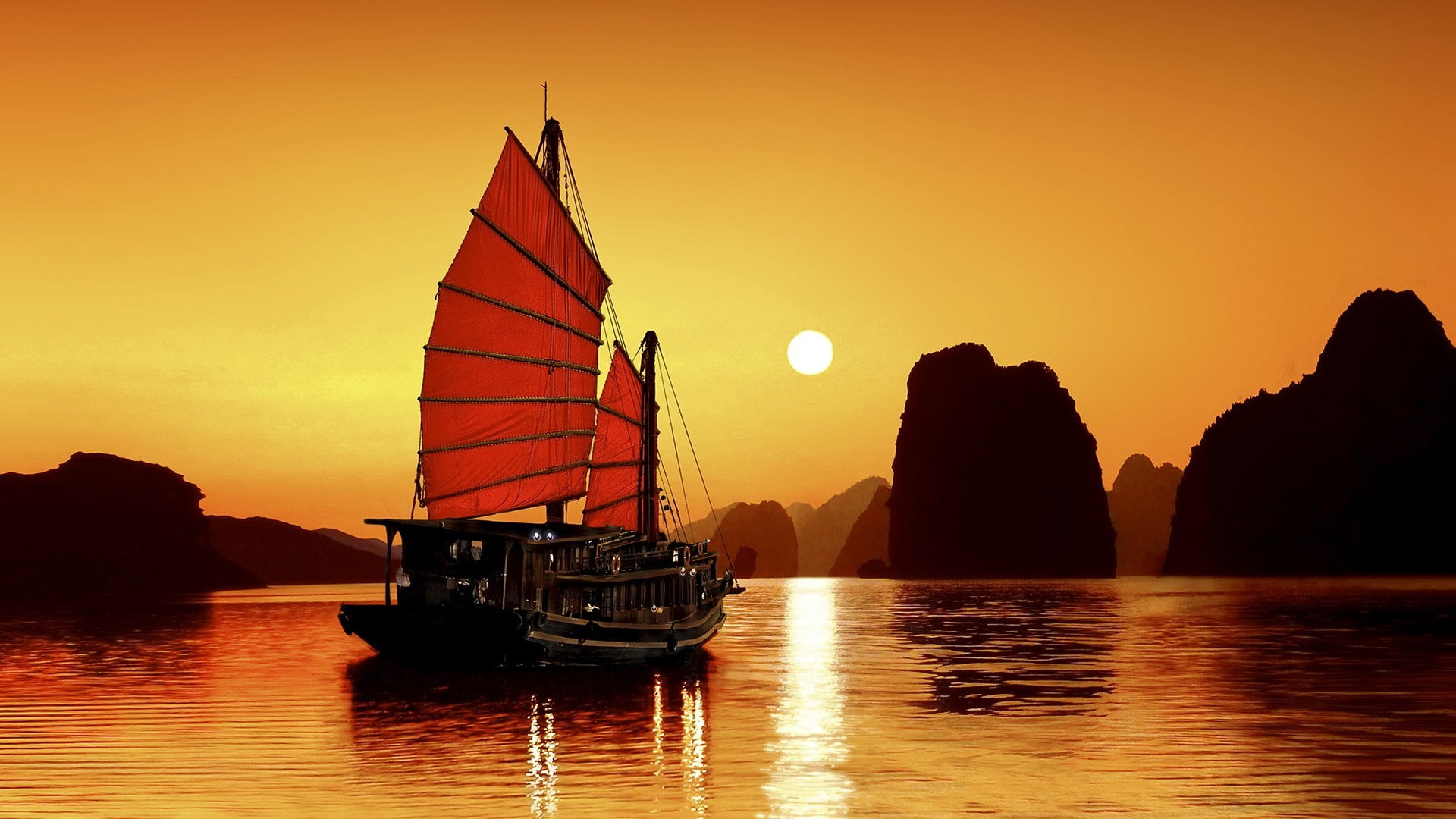
4. Ninh Binh – The Inland Ha Long Bay
Ninh Binh, often called “Ha Long Bay on land,” is a serene escape where dramatic limestone karsts rise from emerald rice paddies and tranquil rivers. This northern gem, just two hours from Hanoi, blends natural splendor with cultural heritage, offering a peaceful retreat from urban chaos. Its mystical landscapes and ancient temples make it a photographer’s paradise.
A sampan boat ride through Tam Coc is a must, gliding past karsts and caves framed by golden rice fields. Trang An, a UNESCO World Heritage Site, enchants with its network of waterways and limestone grottoes, dotted with ancient shrines. Visit Bai Dinh Pagoda, Southeast Asia’s largest Buddhist complex, where golden statues and sweeping views inspire awe. For history buffs, Hoa Lu, Vietnam’s ancient capital, reveals 10th-century temples amidst lush hills.
Ninh Binh’s charm lies in its tranquility and accessibility. Cycle through rural villages to meet locals tending rice fields, or hike Mua Cave for panoramic vistas. The region’s mild climate makes it ideal year-round, though spring and autumn enhance its lush beauty. Don’t miss local specialties like goat meat with rice wine for a true taste of Ninh Binh.
What to Do:
-
Take a sampan boat through Tam Coc or Trang An.
-
Visit Bai Dinh Pagoda and Hoa Lu ancient capital.
-
Cycle or hike for rural and scenic views.
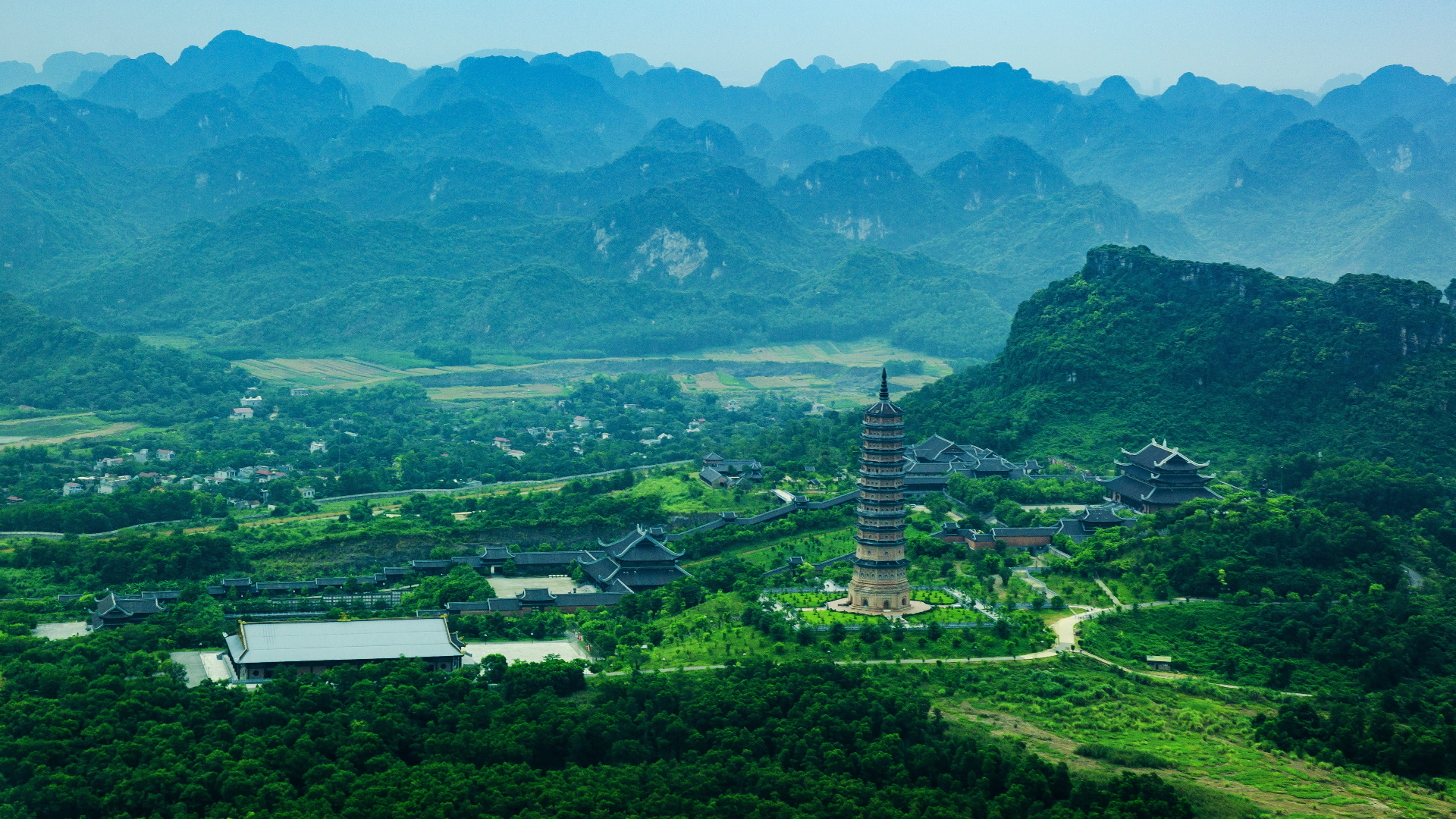
5. Hue – The Imperial Legacy
Hue, Vietnam’s former imperial capital, is a city of regal elegance, where the Perfume River flows past ancient citadels and royal tombs. This central gem, a UNESCO World Heritage Site, exudes a poetic charm, blending history, culture, and culinary artistry. Hue’s storied past as the Nguyen Dynasty’s seat makes it a must-visit for history enthusiasts.
The Imperial City, with its fortified walls and ornate palaces, is the heart of Hue. Wander through its Forbidden Purple City, once reserved for royalty, and marvel at intricate mosaics. The royal tombs, like Khai Dinh and Tu Duc, are architectural masterpieces set amidst pine forests, each telling a story of imperial grandeur. A boat ride on the Perfume River to Thien Mu Pagoda, Hue’s spiritual icon, offers serene views and cultural insights.
Hue’s culinary scene is legendary, with dishes like bun bo Hue (spicy beef noodle soup) and banh khoai (crispy pancakes) showcasing royal refinement. The city’s vibrant Dong Ba Market brims with local flavors and crafts. Visit in spring for mild weather or during the biennial Hue Festival for colorful cultural displays.
What to Do:
-
Tour the Imperial City and royal tombs.
-
Cruise the Perfume River to Thien Mu Pagoda.
-
Sample Hue’s royal cuisine at local eateries.
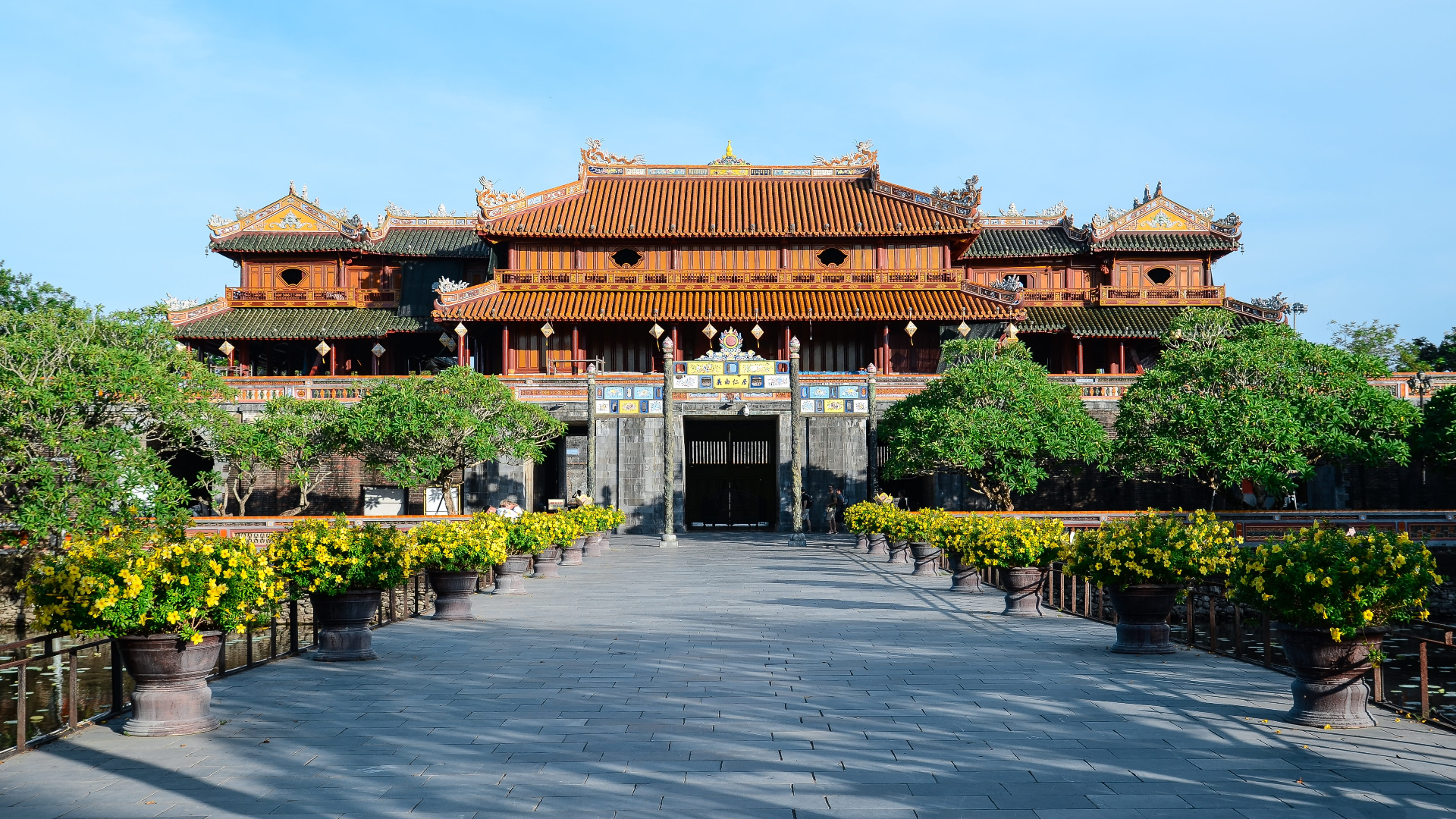
6. Da Nang – The Coastal Crown
Da Nang, a dynamic coastal city, is Vietnam’s gateway to sun, sea, and iconic landmarks like the Golden Bridge at Ba Na Hills. Blending urban sophistication with natural beauty, Da Nang offers pristine beaches, cultural treasures, and modern resorts, making it a versatile destination for all travelers.
The Golden Bridge, cradled by giant stone hands at Ba Na Hills, is a global sensation, offering surreal views amid misty peaks. My Khe Beach, with its soft sands and gentle waves, invites relaxation, while the Marble Mountains conceal caves and pagodas steeped in spirituality. The Dragon Bridge, a city icon, lights up weekends with fire and water shows, drawing crowds to its spectacle. For history, the Museum of Cham Sculpture showcases ancient artifacts.
Da Nang’s culinary scene, from seafood feasts to mi quang (turmeric noodles), delights foodies. Its central location makes it a hub for day trips to Hoi An or Hue. Visit from February to August for sunny beach days, and book early for Ba Na Hills to avoid crowds.
What to Do:
-
Visit the Golden Bridge and Ba Na Hills.
-
Relax on My Khe Beach or explore Marble Mountains.
-
Watch the Dragon Bridge’s fire show.
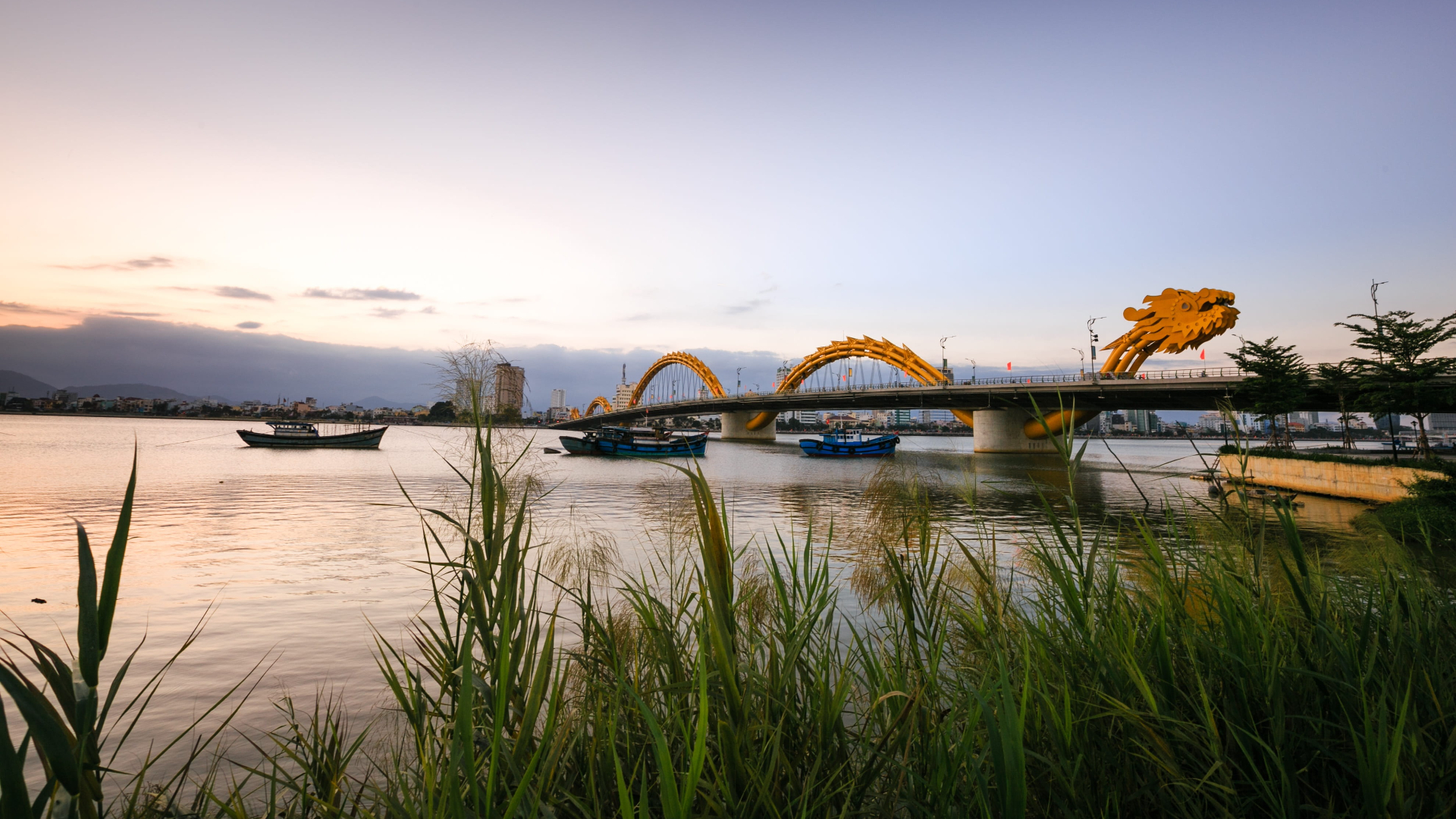
7. Hoi An – The Lantern-Lit Gem
Hoi An, a UNESCO World Heritage Site, is a timeless coastal town where lantern-lit streets and ancient architecture create an enchanting ambiance. Known for its well-preserved trading port heritage, Hoi An blends Vietnamese, Chinese, and Japanese influences, making it a cultural jewel.
The Japanese Covered Bridge, a 16th-century icon, anchors Hoi An’s charm, while the Old Town’s ochre-hued shophouses house tailors, cafés, and galleries. Join a lantern-making workshop to craft your own glowing keepsake, or take a Vietnamese cooking class to master dishes like cao lau. A basket boat tour through the Coconut Forest offers a serene escape, while the nightly lantern release on the Thu Bon River is pure magic.
Hoi An’s night market buzzes with handmade crafts and street food, and its nearby An Bang Beach invites relaxation. Visit from February to April for pleasant weather, or during the Full Moon Festival for illuminated streets. Hoi An’s bespoke tailoring is a highlight—order a custom outfit in just 24 hours.
What to Do:
-
Explore the Japanese Covered Bridge and Old Town.
-
Join a lantern-making or cooking class.
-
Take a basket boat tour or release lanterns.
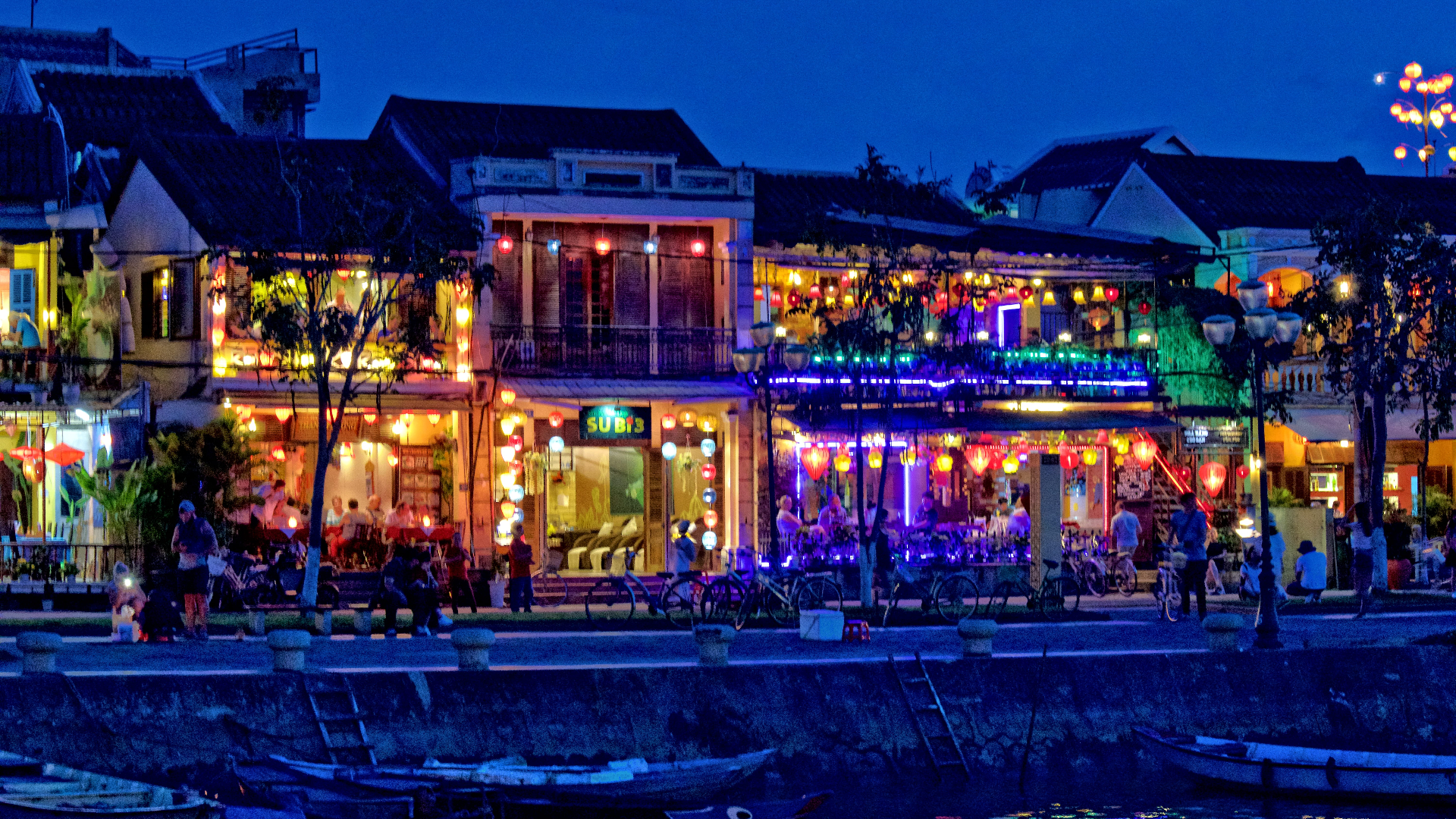
8. Nha Trang – The Riviera of Vietnam
Nha Trang, a coastal gem along Vietnam’s central shore, dazzles with turquoise waters, vibrant coral reefs, and a lively beachfront. Known as Vietnam’s riviera, this city blends relaxation with adventure, offering pristine beaches, cultural landmarks, and a thriving nightlife.
Dive or snorkel at Hon Mun Island, where colorful corals and marine life abound. The Po Nagar Cham Towers, ancient relics of the Cham civilization, offer historical depth, while the Vinpearl Land amusement park, accessible by a scenic cable car, delights families. Nha Trang’s Long Son Pagoda, with its towering Buddha statue, provides spiritual serenity. For relaxation, sink into a mud bath at Thap Ba Hot Springs.
Nha Trang’s seafood, from grilled lobster to fish noodle soup, is a culinary highlight. Its sunny climate makes it ideal from January to August, though book diving tours early during peak season. The city’s proximity to islands like Hon Tam ensures endless aquatic adventures.
What to Do:
-
Snorkel or dive at Hon Mun Island.
-
Visit Po Nagar Cham Towers and Long Son Pagoda.
-
Enjoy Vinpearl Land or a mud bath.
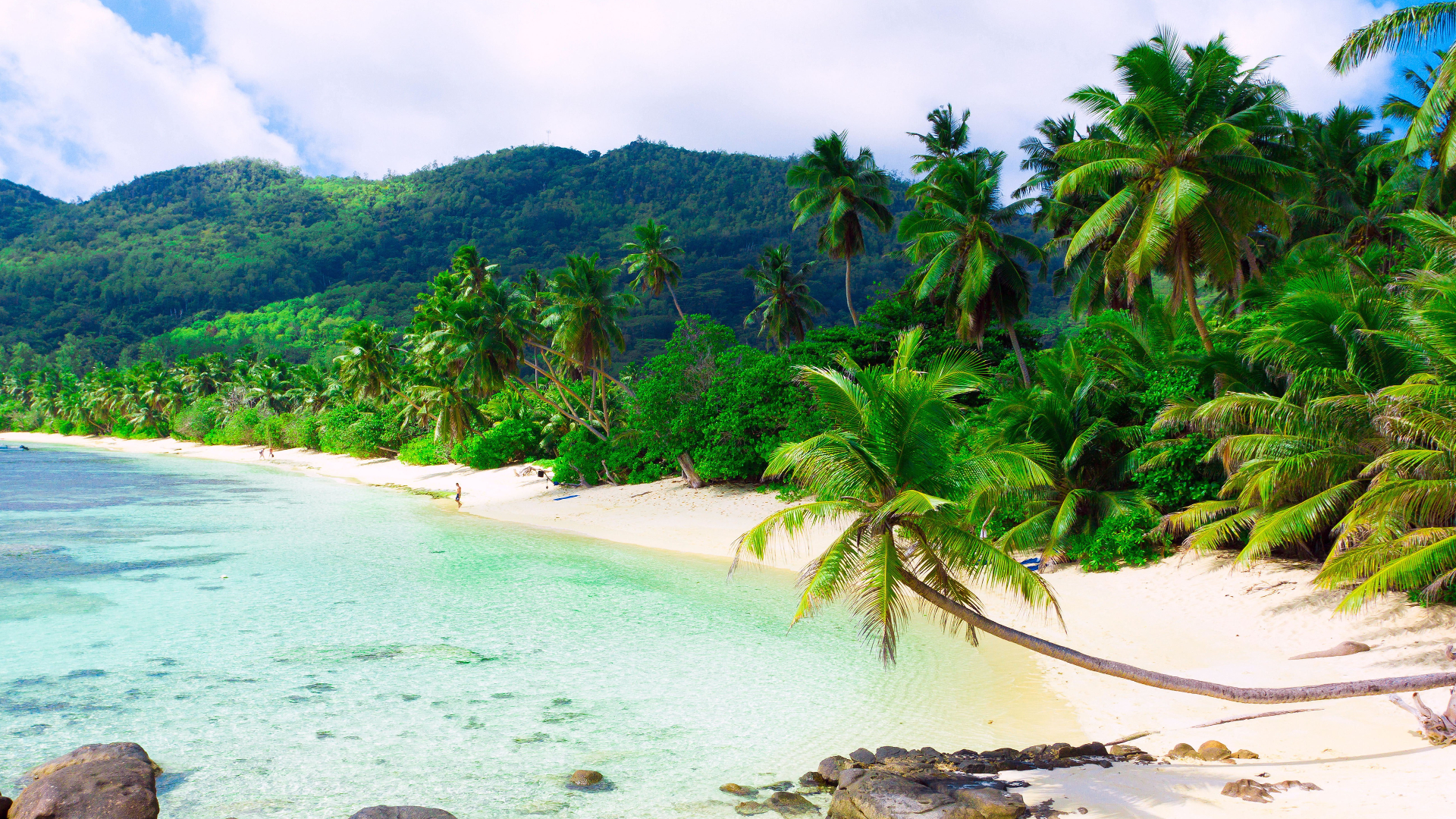
9. Mekong Delta – The Riverine Mosaic
The Mekong Delta, a verdant labyrinth of rivers, rice paddies, and floating markets, is Vietnam’s southern lifeline. This region, where the Mekong River fans out into the sea, offers an authentic glimpse into rural life, with vibrant communities thriving amid lush greenery.
Cai Rang Floating Market in Can Tho is a highlight, where vendors trade fruits and noodles from colorful boats. Cycle through Ben Tre’s coconut groves or Vinh Long’s orchards, meeting locals who share their craft, like coconut candy making. A homestay in a riverside village immerses you in daily life, from fishing to cooking with hosts. For nature lovers, Tra Su Cajuput Forest teems with birds and tranquil waterways.
The Delta’s cuisine, featuring hu tieu (noodle soup) and fresh fish, is a delight. Visit from December to April for dry weather, ideal for boating and cycling. The region’s warm hospitality makes every encounter memorable, a testament to Vietnam’s rural heart.
What to Do:
-
Visit Cai Rang Floating Market.
-
Cycle through villages or stay in a homestay.
-
Explore Tra Su Cajuput Forest.
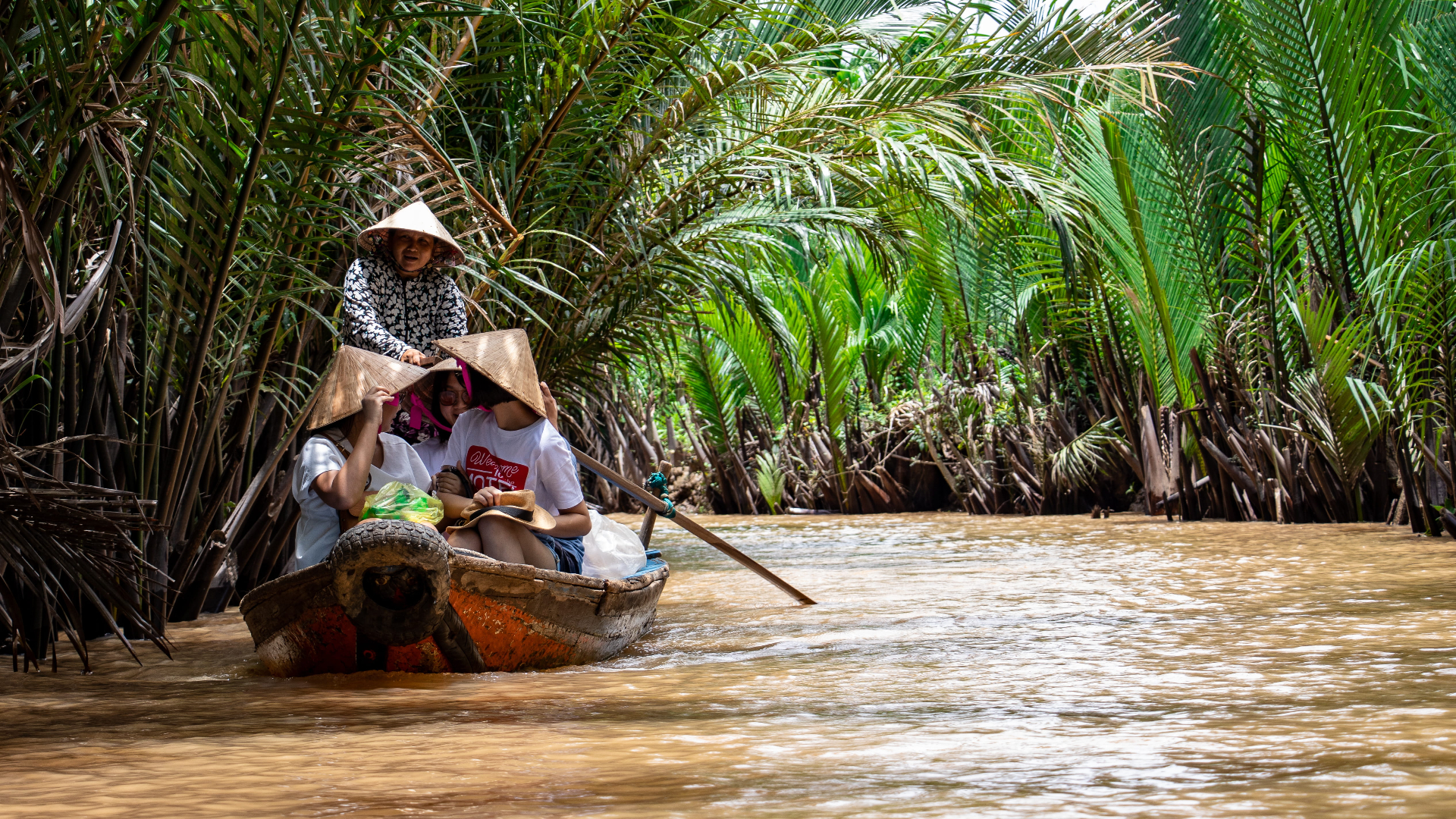
10. Phu Quoc – The Island Eden
Phu Quoc, Vietnam’s southern island paradise, is a tropical haven of white-sand beaches, coral reefs, and emerald waters. Known for its laid-back vibe and luxury resorts, this gem in the Gulf of Thailand is the perfect finale to a north-to-south journey.
Sao Beach, with its powdery sand and turquoise waves, is among Asia’s finest, ideal for sunbathing or water sports. Dive in the An Thoi Archipelago, where vibrant corals host a kaleidoscope of marine life. Visit a fish sauce factory to learn about Phu Quoc’s culinary legacy, or tour a pearl farm for a glimpse into island craftsmanship. The Phu Quoc Night Market offers fresh seafood and souvenirs under twinkling lights.
Phu Quoc’s dry season (November–March) is perfect for beach days, while the wet season brings lush greenery. Its growing eco-tourism scene ensures sustainable adventures. Whether seeking relaxation or exploration, Phu Quoc delivers an idyllic escape.
What to Do:
-
Relax on Sao Beach or dive in An Thoi.
-
Tour a fish sauce factory or pearl farm.
-
Shop and dine at Phu Quoc Night Market.
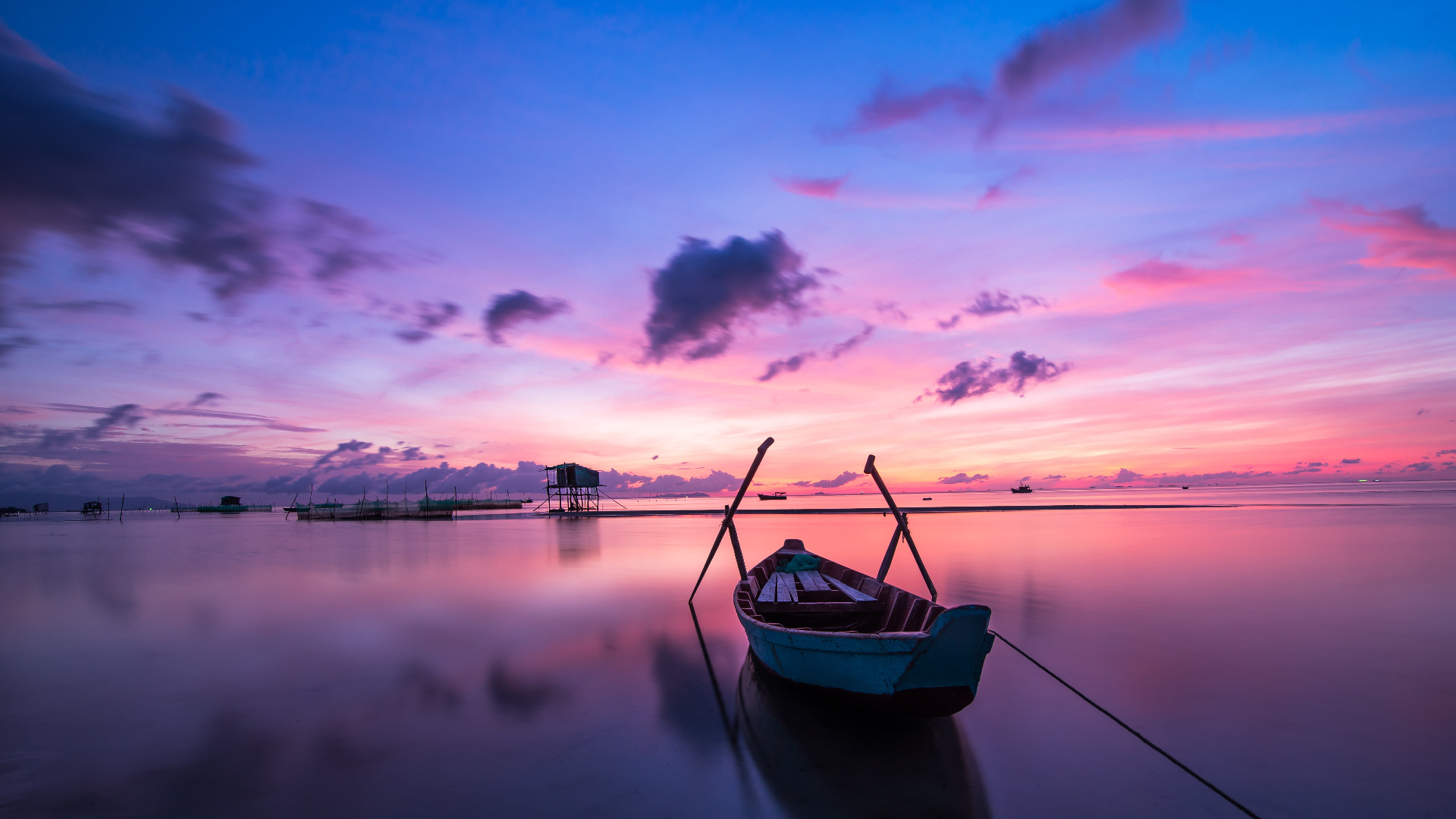
Why Explore Vietnam with Piu Piu Travel?
At Piu Piu Travel, we craft bespoke journeys that bring Vietnam’s north-to-south splendor to life. Our expert guides, tailored itineraries, and passion for authentic experiences ensure you discover the heart of Vietnam—whether it’s a Ha Long Bay cruise, a Hoi An cooking class, or a Phu Quoc beach escape. Let us transform your travel dreams into reality.
Plan your Vietnam adventure now at www.piupiutravel.com and embark on a journey you’ll never forget!

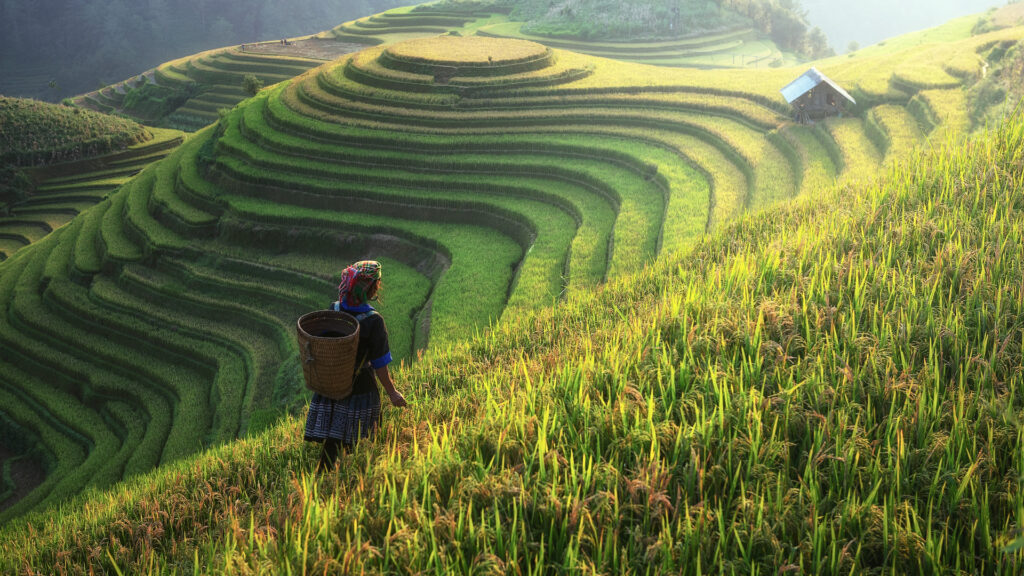
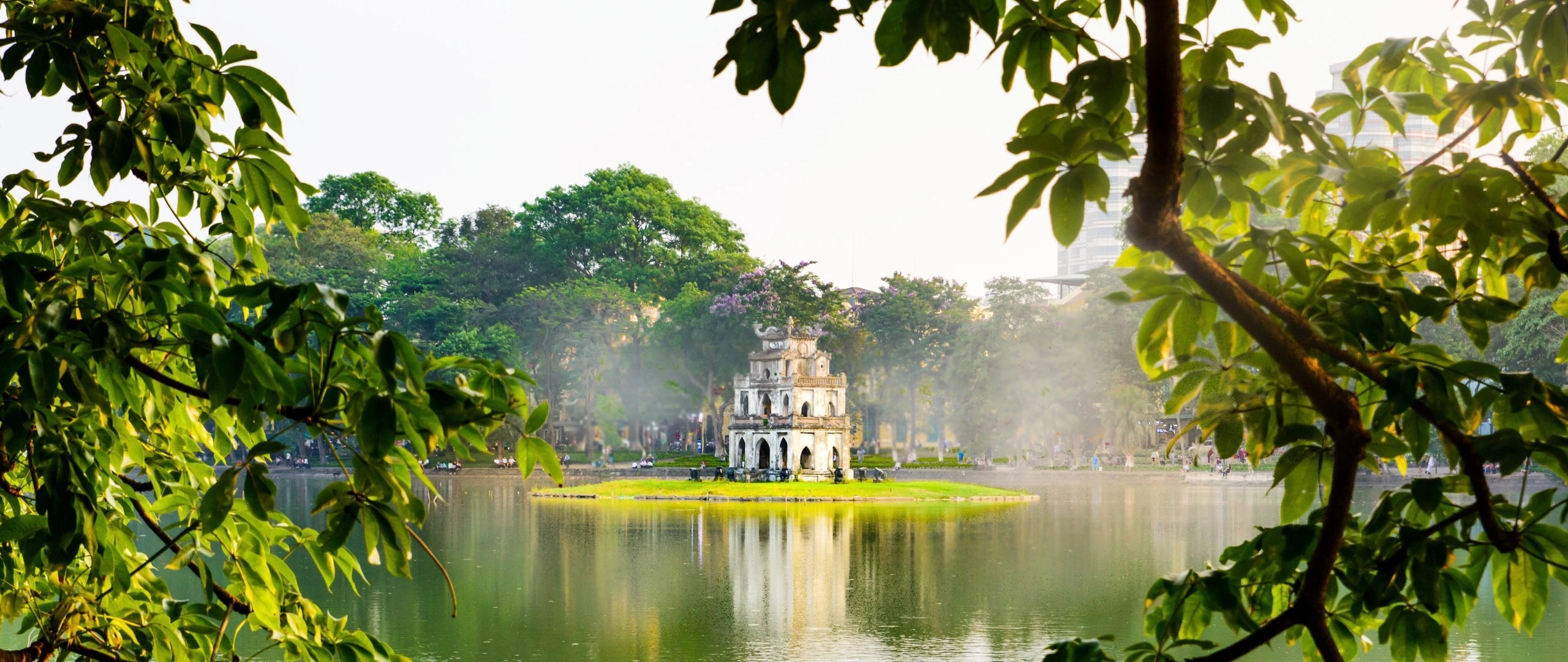
Tours and Services
ADVENTURE CU CHI TUNNELS WITH HIGHLIGHT HO CHI MINH CITY FULL DAY TOUR
100$Original price was: 100$.50$Current price is: 50$.BANA HILL DAILY TOUR
120$Original price was: 120$.68$Current price is: 68$.HA GIANG 3D2N JEEP CULTURAL TOUR
450$Original price was: 450$.368$Current price is: 368$.